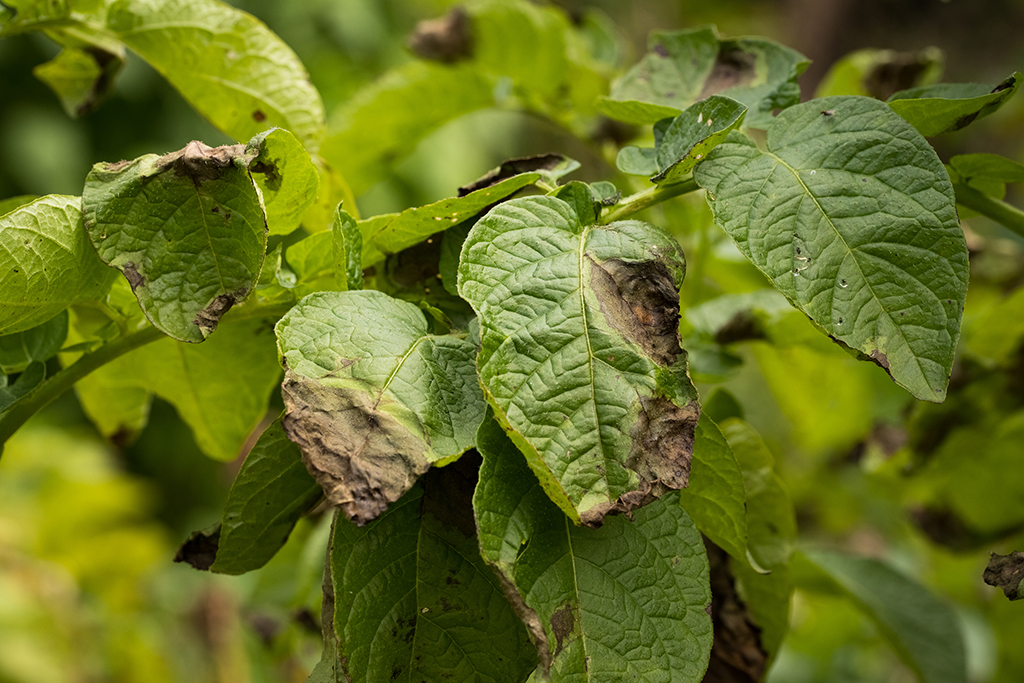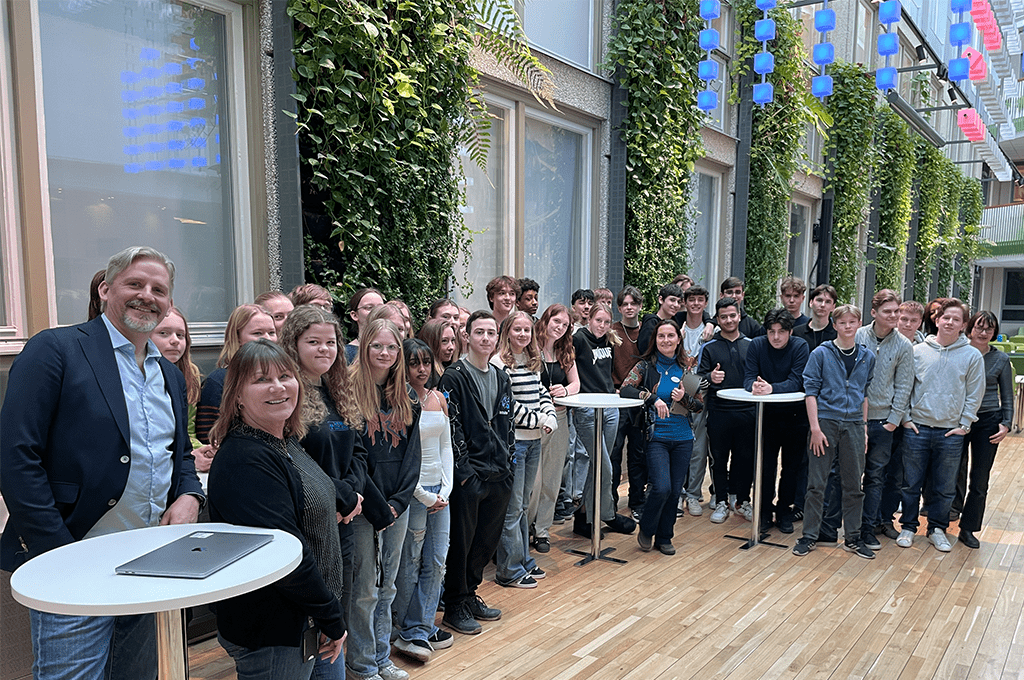Revealing new details about P. infestans reproductive system
Facilitated by the SciLifeLab National Genomics Infrastructure (NGI) researchers from the Swedish University of Agricultural Sciences (SLU) have investigated the sexual reproduction system of the “potato late blight” pathogen Phytophthora infestans, one of the most notorious plant pathogens known today.
Phytophthora infestans is a fungal-like filamentous pathogen that can infect many species in the Solanaceae family, particularly potato and tomato. The main reason it is considered so dangerous is its ability to rapidly develop a resistance to fungicides and plant resistance genes.
The high adaptation speed can be explained by an efficient and mixed reproductive system as well as a large amount of transposable elements and effector genes – genes coding for proteins secreted by the pathogen responsible for degrading host cell components, manipulate host immune response and induce necrosis – found in the P. infestans genome.
P. infestans can reproduce sexually and asexually, but the preferred method differs between geographical regions. In Scandinavia, sexual reproduction occurs on a regular basis. In a recent study, facilitated by the SciLifeLab National Genomics Infrastructure (NGI), researchers investigated events or key genes underlying the difference in the sexual behavior by comparing transcriptomes from eight different strains, known as either clonal or sexual, during early stages of mating.
The study, Published in Frontiers in Microbiology, revealed a number of gene candidates that seem important for the reproductive processes. The results also suggest that the mating-related processes are epigenetically affected by specific effectors called RXLR-effectors. The new information could be useful when trying to develop new ways to fight the pathogen, historically responsible for events such as “The great famine” in Ireland between 1845-1849.





